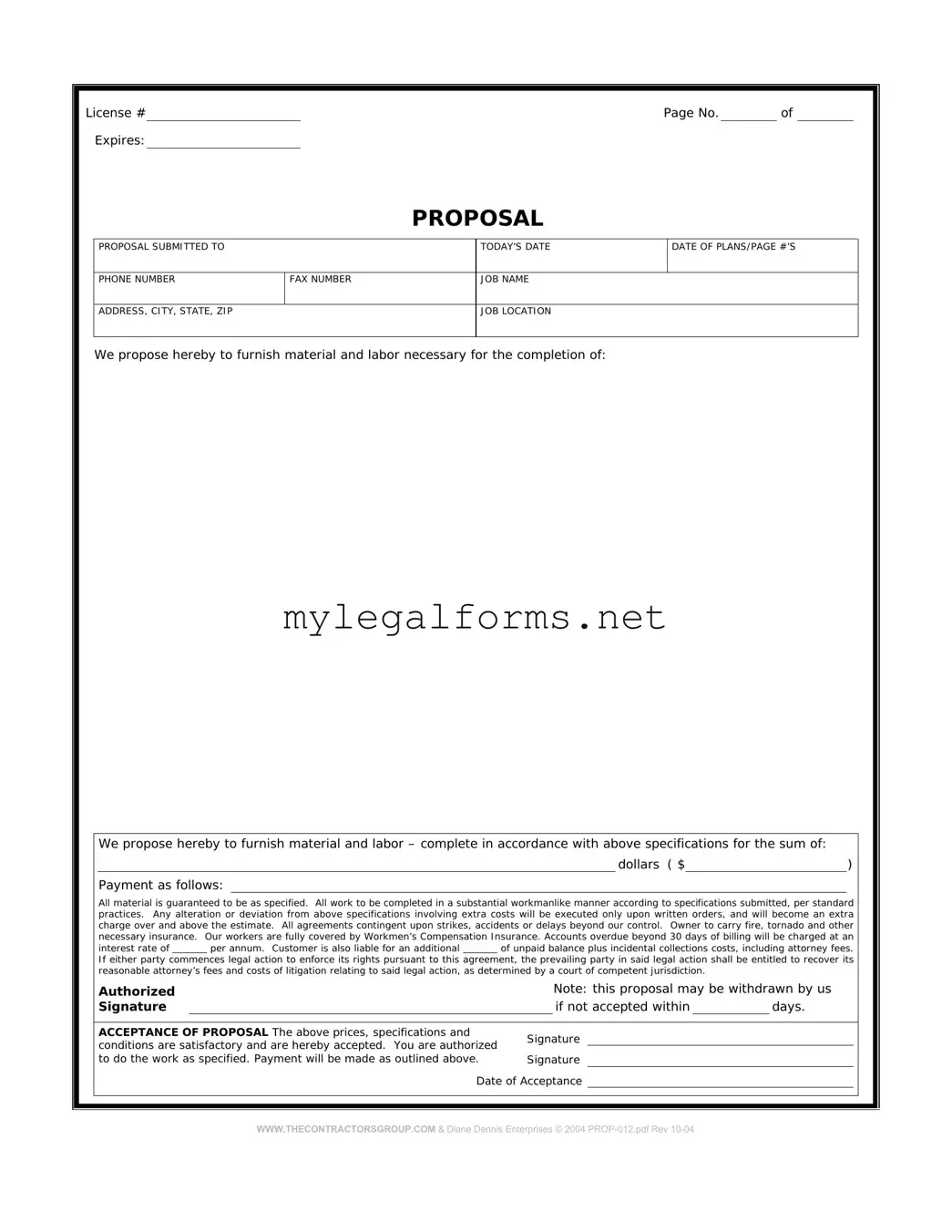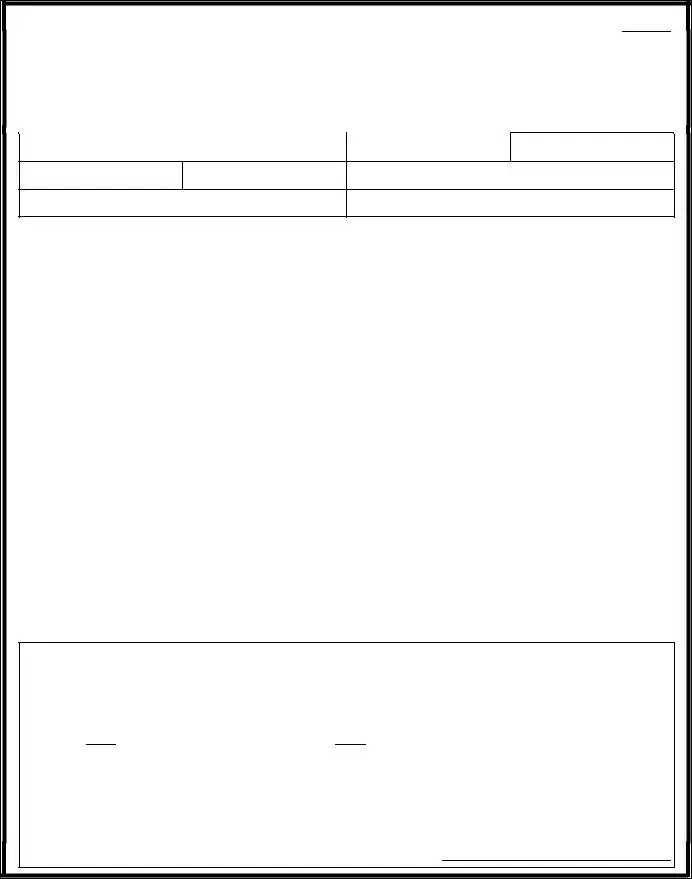When filling out a construction proposal form, individuals often encounter pitfalls that can hinder their chances of success. One common mistake is failing to provide complete and accurate information. Incomplete forms can lead to misunderstandings or delays in the approval process. It is essential to take the time to fill out every section of the form thoroughly. Missing details might result in a proposal being rejected or requiring additional follow-up, which can be time-consuming.
Another frequent error is overlooking the importance of clear and concise descriptions. When describing the scope of work, vague language can create confusion about what is being proposed. Instead of using general terms, it is beneficial to be specific about the tasks involved, materials to be used, and the timeline for completion. This clarity helps all parties involved to have a mutual understanding of the project expectations.
Many individuals also underestimate the significance of accurate cost estimates. Providing a budget that is either too low or unrealistic can jeopardize the proposal's credibility. It is crucial to conduct thorough research and calculations to ensure that the estimated costs reflect the true financial requirements of the project. A well-prepared budget not only demonstrates professionalism but also builds trust with potential clients.
Another mistake often made is neglecting to include necessary supporting documents. A proposal may require various attachments, such as plans, permits, or proof of insurance. Failing to include these documents can lead to a proposal being deemed incomplete. It is advisable to review the submission guidelines carefully to ensure that all required paperwork accompanies the proposal.
Additionally, individuals sometimes forget to proofread their proposals before submission. Typos and grammatical errors can detract from the professionalism of the document. A proposal that appears careless may lead clients to question the attention to detail that will be applied to the project itself. Taking a moment to review the proposal for errors can significantly enhance its overall quality.
Lastly, not following up after submission is a common oversight. Once a proposal is submitted, it is important to maintain communication with the client or decision-makers. A follow-up can express continued interest and demonstrate commitment to the project. Moreover, it provides an opportunity to address any questions or concerns that may arise, thereby fostering a positive relationship with potential clients.

